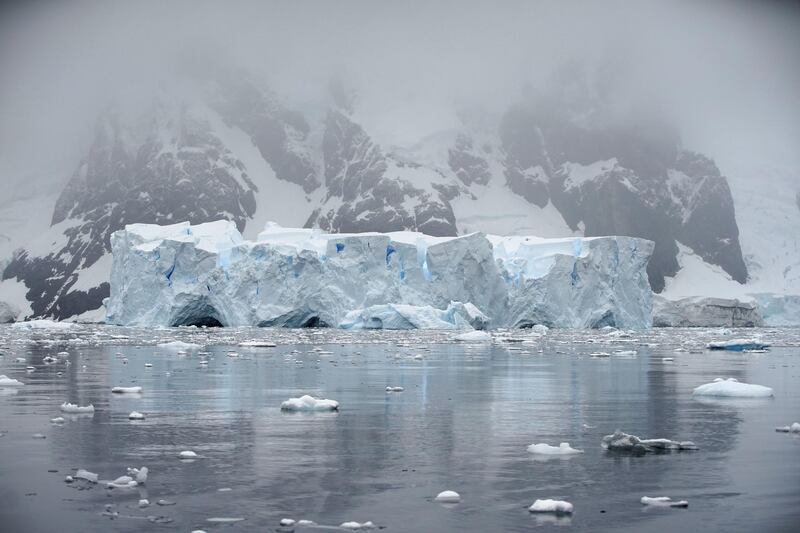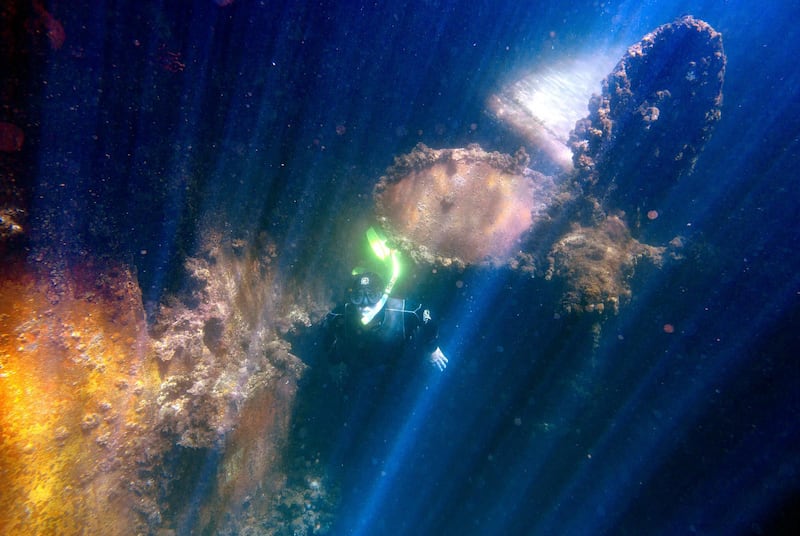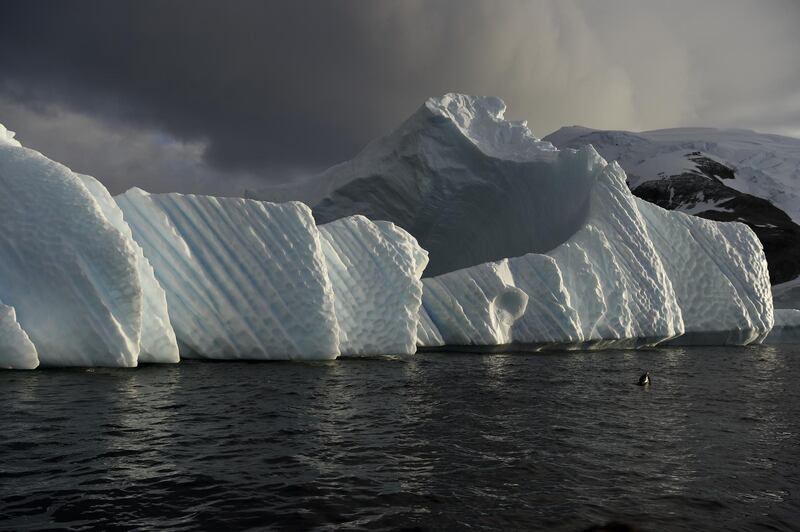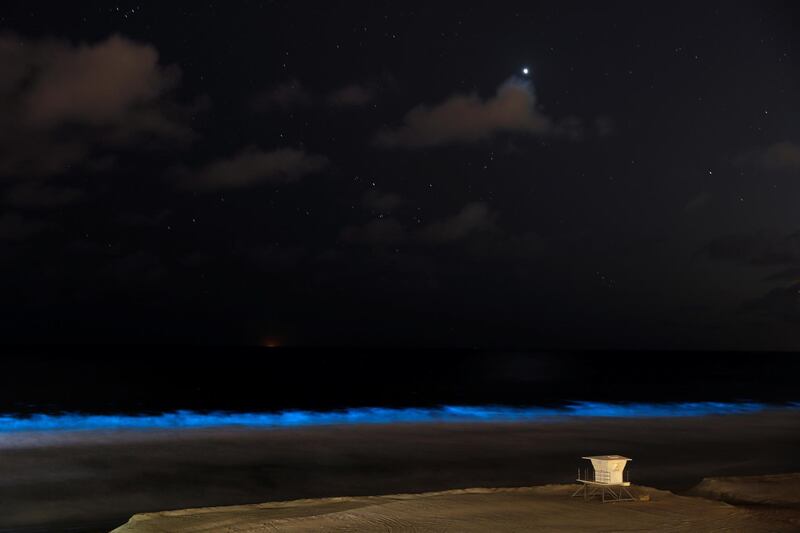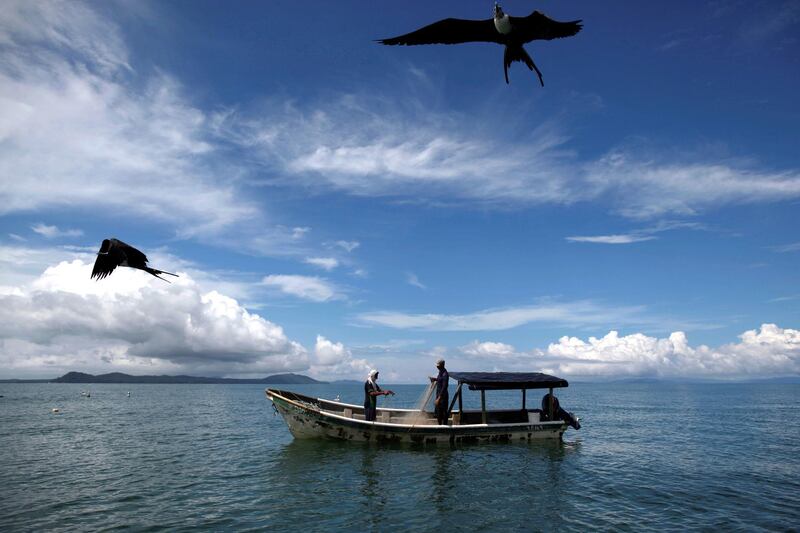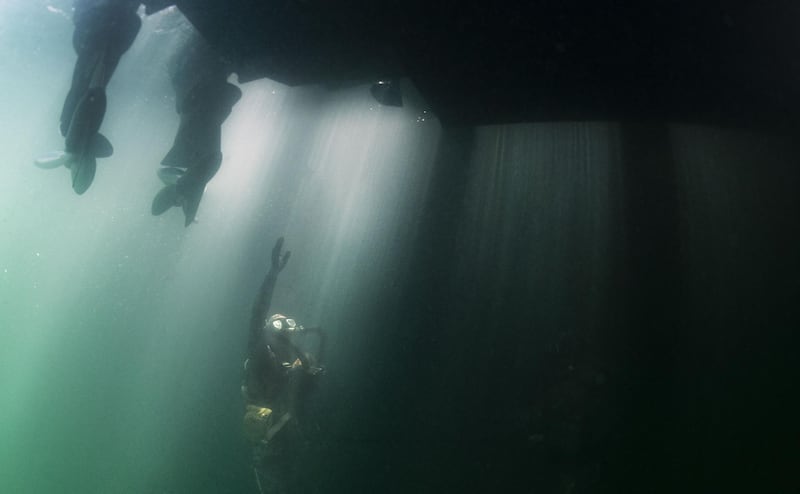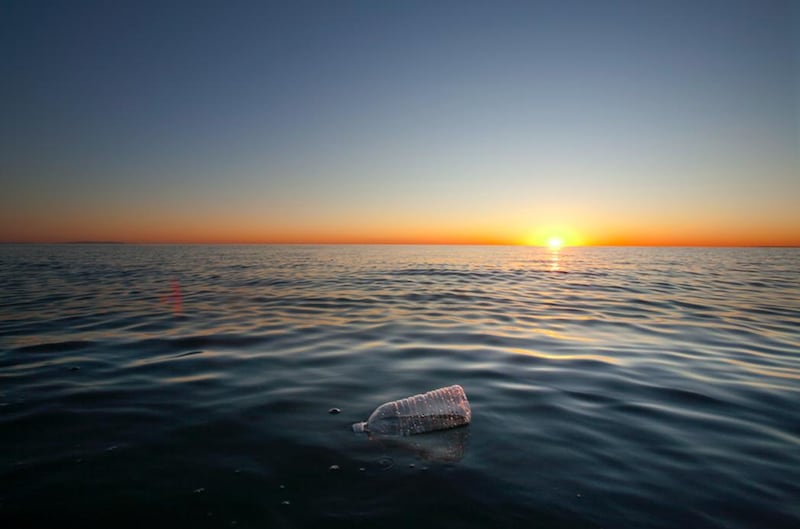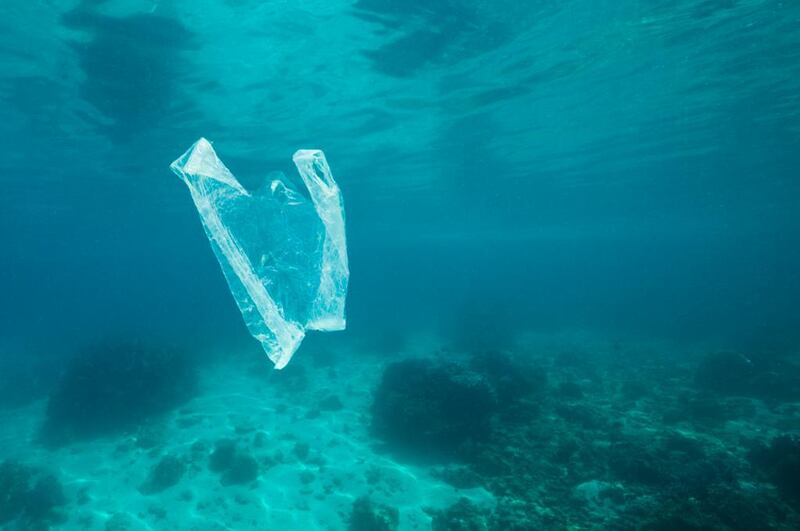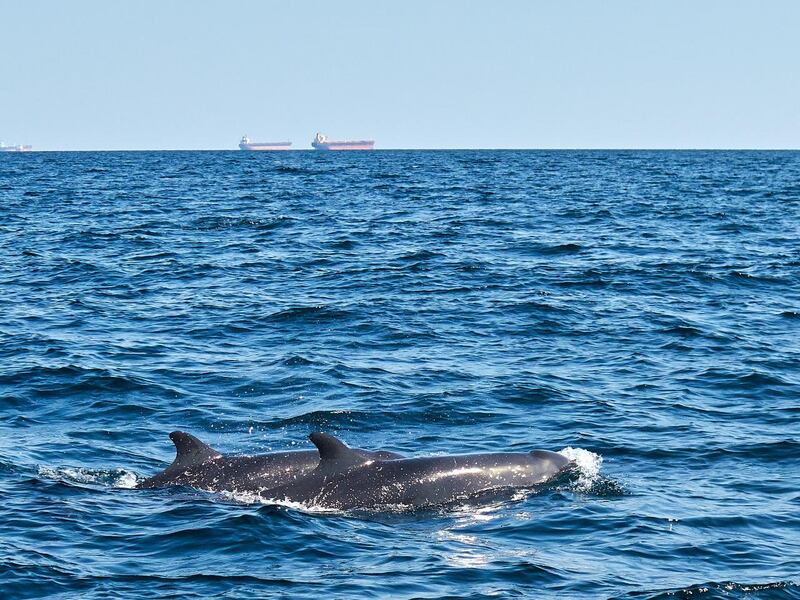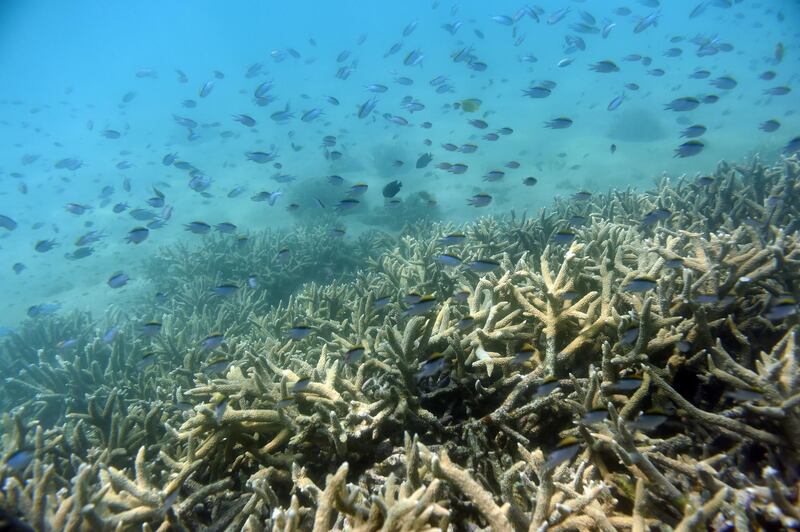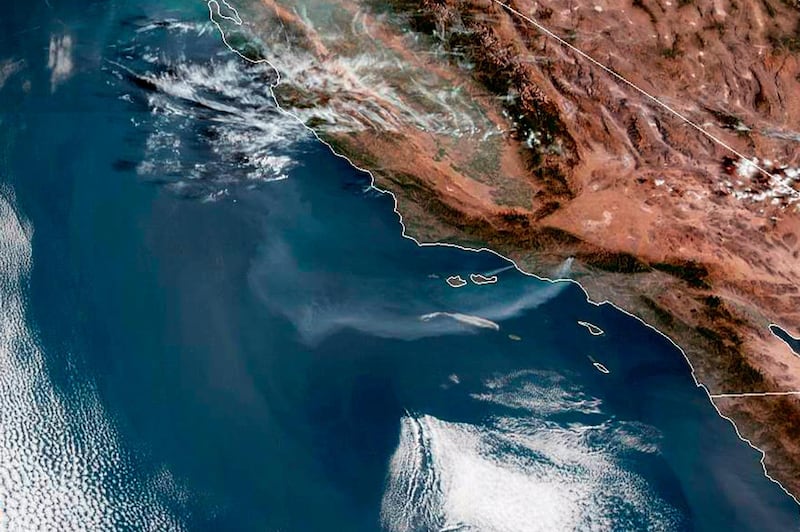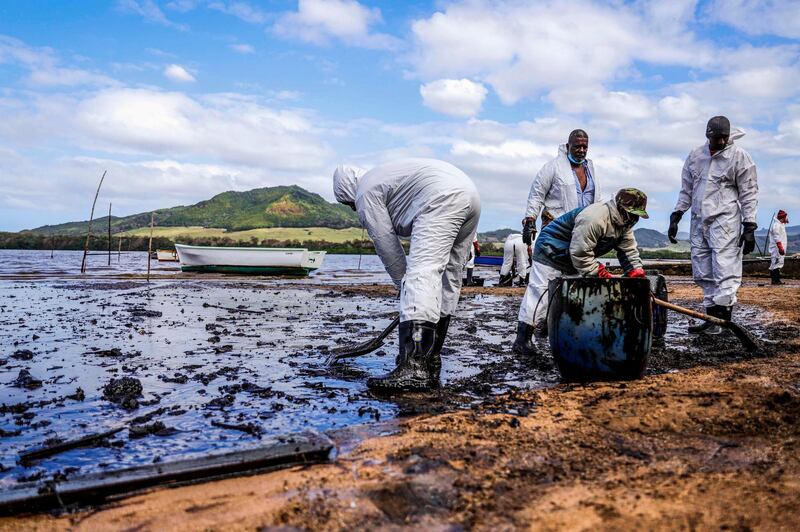Its existence has been acknowledged by scientists for decades, but the National Geographic Society is hoping formal recognition of the Southern Ocean as the world’s fifth ocean will shine a much-needed spotlight on the conservation of the region.
The body of water encircling Antarctica is unique and therefore deserving of its own name, says the non-profit, which made the official recognition on World Oceans Day on Tuesday.
ANNOUNCING: Today on #WorldOceansDay, National Geographic has updated its Map Policy to recognize the Earth’s fifth ocean: the Southern Ocean.
— National Geographic Society (@InsideNatGeo) June 8, 2021
Follow this thread to dive deep into why. 🌊 pic.twitter.com/u6KsQAtGDD
Since it began making maps in 1915, National Geographic has recognised four oceans: the Atlantic, Pacific, Indian and Arctic.
What is the Southern Ocean?
The Southern Ocean constitutes "most of the waters that surround Antarctica out to 60 degrees south latitude", the organisation says. Geographers have debated whether the waters had enough characteristics to deserve their own name.
“The Southern Ocean has long been recognised by scientists, but because there was never agreement internationally, we never officially recognised it,” National Geographic Society geographer Alex Tait says in an article published on its website.
Scientists have known for many years that the icy waters around Antarctica form a distinct ecological region defined by ocean currents and temperatures pic.twitter.com/AQJPKZwUNN
— National Geographic (@NatGeo) June 8, 2021
“We’ve always labelled it, but we labelled it slightly differently [than other oceans]. This change was taking the last step and saying we want to recognise it because of its ecological separation.”
Who else recognises the Southern Ocean?
For marine names, National Geographic says it has followed the International Hydrographic Organisation, which works with the UN to standardise international names. The IHO first recognised the Southern Ocean in its 1937 guidelines but repealed that designation in 1953, citing controversy.
The background: from four regions (the Arctic, Atlantic, Indian, and Pacific oceans) ➡️ to five — now including the Southern Ocean! pic.twitter.com/hDUtu0hjcY
— National Geographic Society (@InsideNatGeo) June 8, 2021
The US Board on Geographic Names, however, has used the name since 1999.
Another US body, the National Oceanic and Atmospheric Administration, also officially recognised the Southern Ocean in February.
How is the Southern Ocean different?
While the other oceans are defined by the continents that fence them in, the Southern Ocean is defined by a current, National Geographic says.
“The Antarctic Circumpolar Current flows from west to east around Antarctica, in a broad fluctuating band roughly centred around a latitude of 60 degrees south – the line that is now defined as the northern boundary of the Southern Ocean.
"Inside the ACC, the waters are colder and slightly less salty than ocean waters to the north.”
The ecological boundary of the Southern Ocean follows a sinuous line around the Antarctic continent called the Antarctic Convergence or polar front pic.twitter.com/eFv7y2DqAQ
— National Geographic (@NatGeo) June 8, 2021
The decision to officially recognise the fifth ocean was intended to draw attention to its conservation, it says.
“By fencing in the frigid southern waters, the ACC helps keep Antarctica cold and the Southern Ocean ecologically distinct. Thousands of species live there and nowhere else,” it says.
The recognition will also affect how children use maps in school, Tait says.
"I think one of the biggest impacts is through education. "Students learn information about the ocean world through what oceans you're studying. If you don't include the Southern Ocean then you don't learn the specifics of it and how important it is."
As part of the new designation, National Geographic will update its maps and atlases.
________________
Read more:
World Oceans Day: five coastal resorts that offer ocean conservation experiences to travellers
UK welcomes UAE's support on oceans initiative
________________
